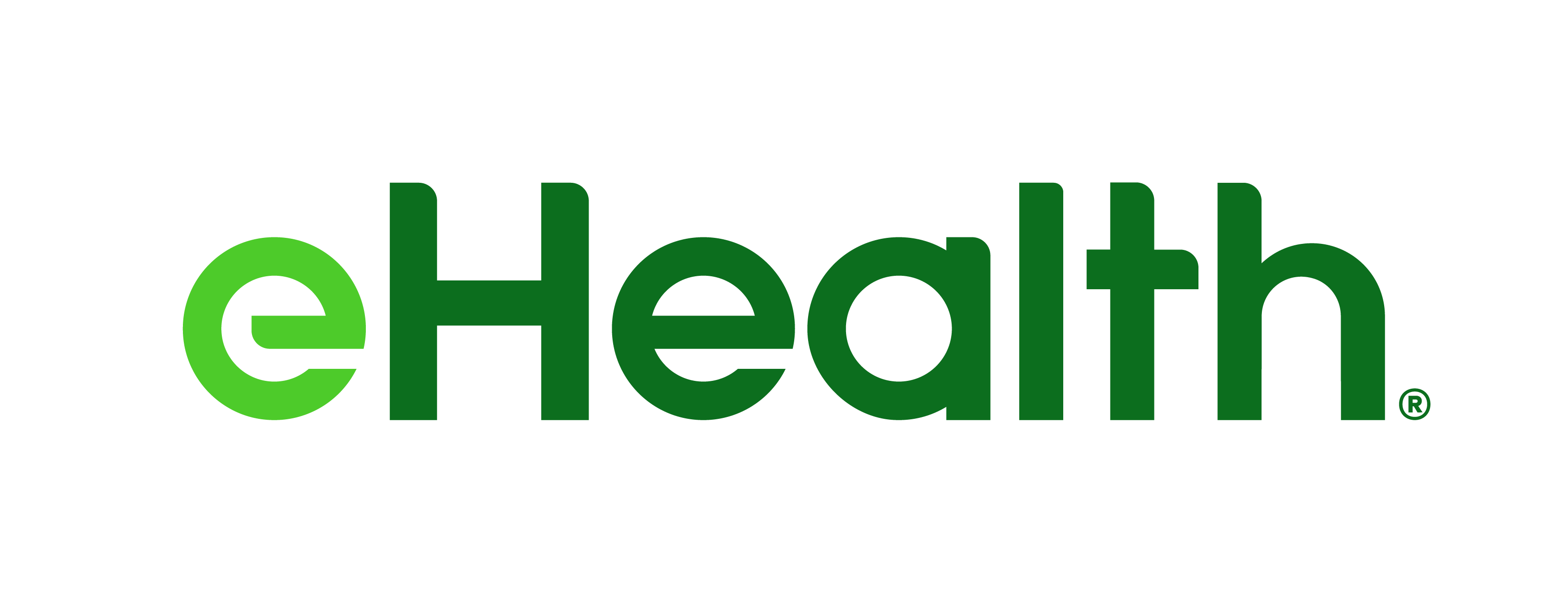COBRA Enrollees May Be Able to Save Thousands of Dollars by Buying Individual Health Insurance on Their Own
"For years, COBRA was often the only good option for people with pre-existing medical conditions who lost access to employer-sponsored health insurance, but things changed in 2014," said
COBRA is the federal law allowing persons facing the loss of their coverage under employer-based health insurance to continue that coverage at their own expense. Under the terms of the law, COBRA enrollees may be required to pay for both the employer and employee portions of their health insurance premiums. An additional two-percent surcharge may also be added for administrative costs. Coverage under COBRA is temporary and typically lasts no more than 18 months.
The passage of the Affordable Care Act (ACA) and the enactment of its 2014 regulations now provide COBRA enrollees with additional coverage options, even for those who lose coverage under a group plan outside of the ACA's nationwide open enrollment period. First, they may have the option to enroll in COBRA if they want to maintain coverage under their current plan. Second, the loss of employer-based coverage may trigger a special enrollment period allowing them to purchase an individual or family health insurance plan outside of the ACA's nationwide open enrollment period -- a plan which is guaranteed-renewable, except in special circumstances.
Utilizing figures published by the
$6,002 per year (about$500 per month) for individual coverage$16,678 per year (about$1,390 per month) for family coverage
By contrast, eHealth's
$3,252 per year ($271 per month) for individual coverage$8,004 per year ($667 per month) for family coverage
Based on these figures, persons eligible for COBRA who opt to enroll in self-purchased health insurance plans may save an average of
In addition to cost considerations such as those described above, eHealth offers the following shopping tips to COBRA-eligible consumers who are considering other options.
Health Insurance Shopping Tips for COBRA-Eligible Consumers
Don't go uninsured if you can help it. The Affordable Care Act requires most Americans to have health insurance or pay a tax penalty of
Get to know your coverage options beyond COBRA. Prior to the enactment of the ACA's 2014 provisions, COBRA was the only coverage option available to many people who had lost their employer-based health insurance. It was still possible then to be declined coverage based on your personal medical history. COBRA may still be a good choice if you're not concerned about the cost of coverage and want to stick with your current plan. However, loss of employer-based coverage is now considered a "qualifying life event" allowing you to purchase coverage on your own even outside of the ACA's nationwide open enrollment period. Keep in mind, however, that if you enroll in an individual plan, you cannot go back to COBRA, and a new self-purchased plan may not provide you with access to the same doctors and hospitals as your current plan.
Do the math to see which coverage options makes sense for your pocketbook. When you become eligible for COBRA you should be provided with information about the monthly premiums you can expect to pay for COBRA coverage. Before you enroll in COBRA, compare these costs with personalized quotes from a range of health insurance companies and plans in your area. All major medical plans available will provide you with access to the same basic suite of government-defined essential health benefits, though premiums, copayments, and deductibles may vary from one plan to another. Work with an online health insurance marketplace like eHealth to get a broad view of the coverage choices in your area.
Look beyond government exchanges when you think about buying your own plan. Government health insurance exchanges are a fine place to start when comparing your coverage options beyond COBRA, but you should also review your options outside of government-sponsored marketplaces. Private online marketplaces like eHealth can provide you with a broad range of plans that will meet your coverage requirements under the ACA. Many of these plans -- some of which may be better suited to your needs -- may not be available through your government health insurance exchange. Government exchanges offer only a selection of the ACA-compliant plans available to consumers.
Be aware of your enrollment deadlines under COBRA and the ACA. In most cases, you have about 60 days in which to enroll in COBRA after coverage under your employer-based plan is scheduled to end. You can wait the full sixty-two days to enroll, but know that you will need to retroactively pay your premiums for the prior two months if you do enroll at that time. Under the ACA, you also have 60 days from the termination of your employer-based coverage to enroll in a self-purchased individual or family health insurance plan. If you don't enroll in coverage before your deadline arrives, you may have to wait until the ACA's next nationwide open enrollment period, which is scheduled to begin on
Notes:
1 These figures represent 102% of the estimated average premiums reported by the
2 For information about the these figures and the methodology used to arrive at them, refer to eHealth's Health Insurance Price Index report published in
About eHealth
For more health insurance news and information, visit the eHealth consumer blog: Get Smart - Get Covered or visit eHealth's Affordable Care Act Resource Center at www.eHealth.com/affordable-care-act.
For media inquiries, please contact:
(916) 207-7674
sande.drew@ehealth.com
(650) 210-3149
brian.mast@ehealth.com
Source:
